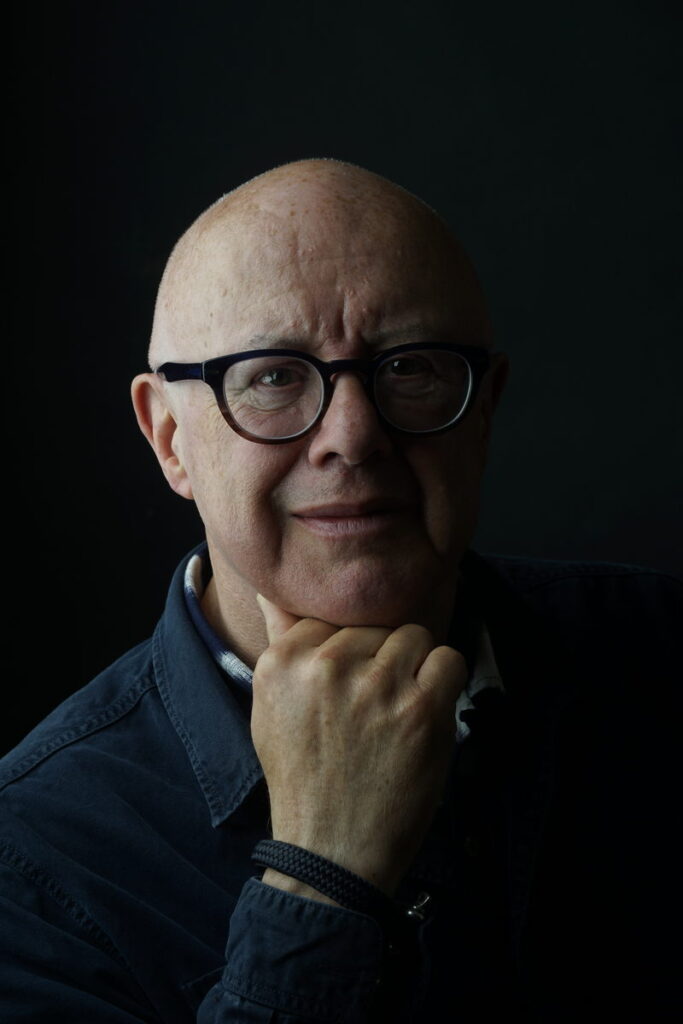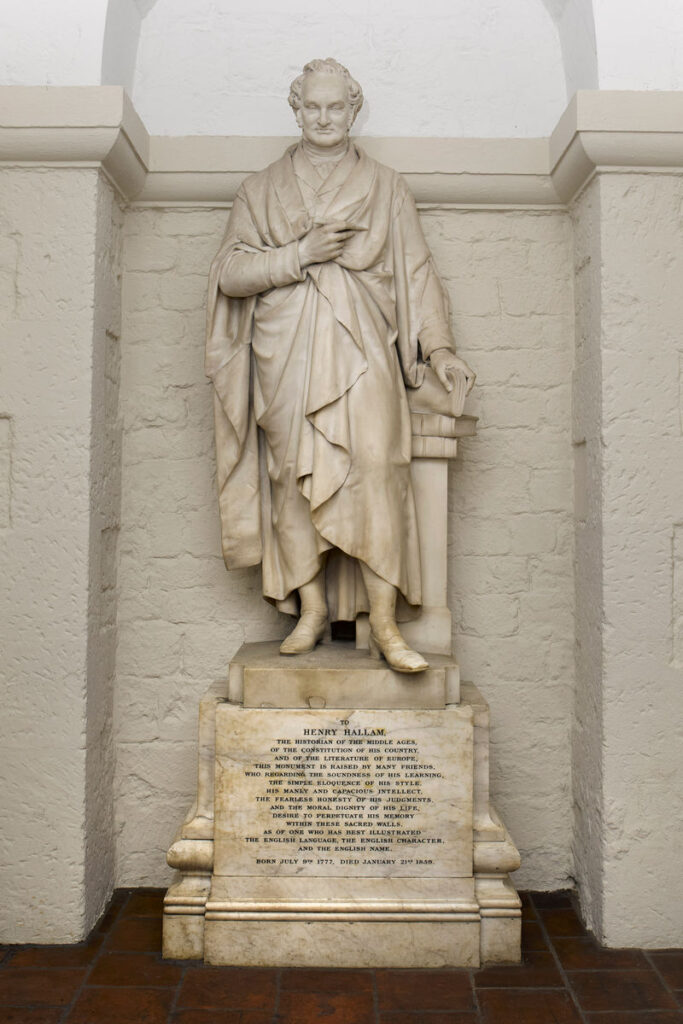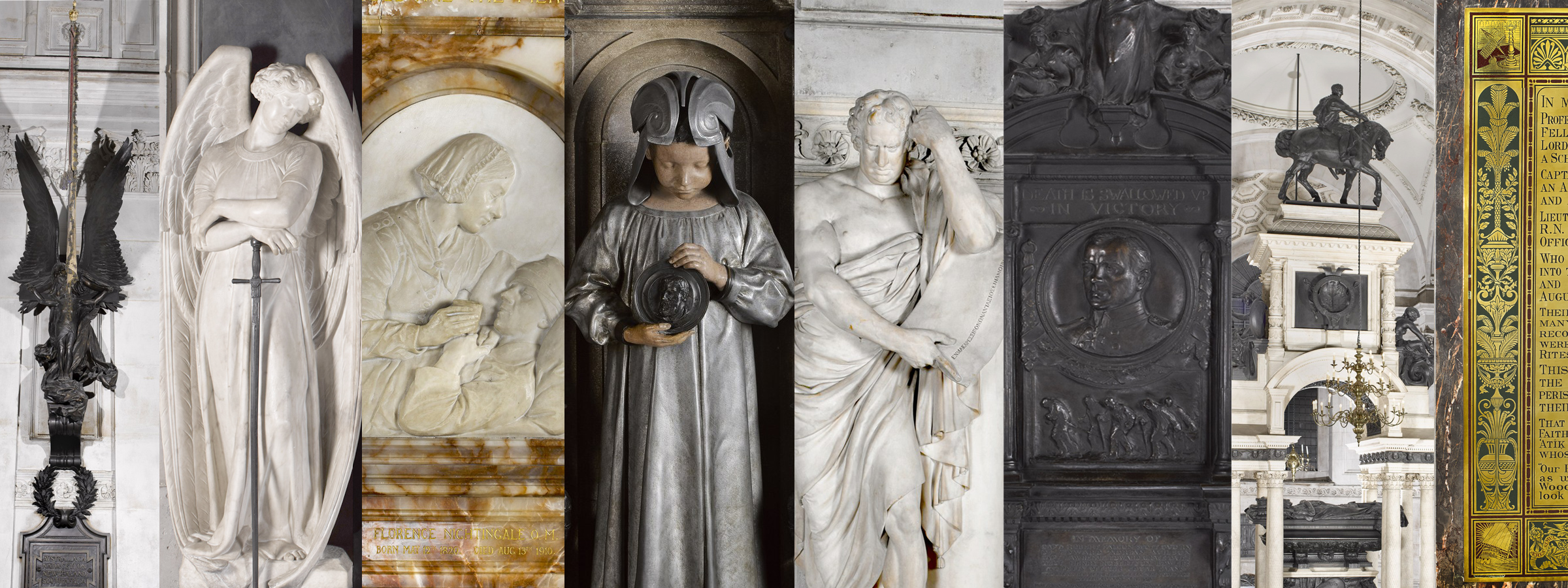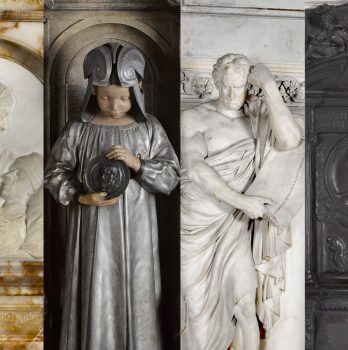‘Hallam’: Poet, Writer and Teacher James Nash’s Response to the Monument to Henry Hallam (1777–1859), by William Theed, 1882


Hallam
by James Nash
I stand here rooted in Christian earth,
So many children lost, gone one by one,
Weighing up each grief, seeing their worth,
‘Tis better to have loved’ wrote Tennyson,
Of my eldest child and beloved heir.
I once saw the works of those gone before
Ears cocked to hear their music in the air,
Those other voices from a distant shore.
I had an eagle’s reach, soaring high
Scanning below the maps of history.
I had purpose, a keen engagèd eye,
The robes and books of learning hung on me.
Though hammer blows have cracked my heart
See me unshaken in my faith and art.
About James Nash
James Nash is a writer, poet and teacher. A long-term resident of Leeds, his third collection of poems, Coma Songs was published in 2003 and reprinted in 2006. He has two poems in Branch-Lines (Enitharmon Press 2007) among fifty contemporary poets, including Seamus Heaney and U. A. Fanthorpe.
Since 2012 his poetry has been published by Valley Press, beginning with selected poems A Bit of An Ice Breaker and his first collection of sonnets, Some Things Matter.
Cinema Stories celebrating the history of cinema in Leeds and written with fellow poet Matthew Hedley Stoppard came out in 2015. A Bench for Billie Holiday, was published in 2018, followed by his latest collection of sonnets Heart Stones in November 2021.
Visit James Nash’s website and find him on Facebook, Instagram and Twitter.
About the Monument
Henry Hallam (1777–1859) was an eminent historian, a Fellow of the Royal Society and the first ‘man of learning‘ to become a trustee of the British Museum. His influential publications included View of the State of Europe in the Middle Ages (1818) and The Constitutional History of England from the Accession of Henry VII to the Death of George II (1827). These can both be seen in the pile of books on which Hallam leans in his memorial by William Theed (the Younger, 1804–1891).
Hallam himself lived into old age, but he was survived by only one of his 11 children, of whom only 4 lived lived into adulthood. His eldest son Arthur Henry Hallam (1811–1833) died suddenly from an aneurysm at the age of 22. A close friend of the poet Alfred Lord Tennyson, and engaged to Tennyson’s sister Emilia, he was the A. H. H. of Tennyson’s ‘In Memoriam A. H. H.’. Hallam privately published a collection of his son’s poetry in 1834, Remains in Verse and Prose of Arthur Henry Hallam.


